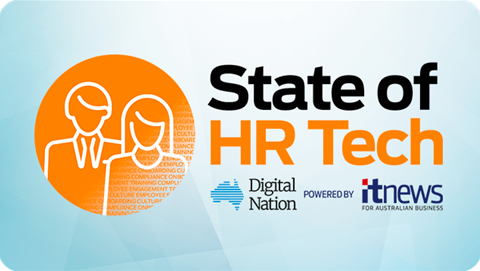The financial services industry is in the midst of an escalating war for talent. Top contributors across sales, product, technology, and operations are highly sought-after by industry competitors and firms in other industries alike. And post-COVID-19 dynamics only exacerbate the problem. Financial services employees have grown to enjoy remote work and the flexibility it provides, and will look elsewhere if their current firm attempts to take it away. Gartner research indicates that 61 per cent of financial services employees would consider leaving their job if forced to return to the office, while 49 per cent would actually accept a pay cut if the reward were the ability to work from anywhere.

Many financial services leaders want to bring their teams back into the office in order to reboot collaboration and sustain their organisational culture, but this office-centric approach will only exacerbate employee fatigue, burnout, and risk of attrition. The better way forward is human-centric work design — the best way to maximise employee engagement and retention amid the ongoing war for talent.
Human-centric work design involves three main differences from the old, office-centric approach to work:
- A more flexible work experience that lets employees decide where, when, and how they work
- An intentional approach to collaboration that involves changing work schedules, breaking down silos, and finding new ways to onboard new hires
- A more empathetic management style that assesses employees by output, not by input; and helps team members make progress on personal, not just business priorities
- Financial services firms that embrace human-centric work design achieve a 44 per cent decline in employee fatigue, a 45 per cent improvement in employee intent to stay, and a 28 per cent improvement in performance.
Behavioural Change — The Missing Link
But to become a truly human-centric financial services firm, it’s not enough to embrace this new approach to work in theory. Concrete actions like revamping policies, procedures, and workflow are better, but also insufficient to become genuinely human-centric. If the journey toward human-centric work design is slower than you hoped, the sticking point might be your own behaviour as a leader.
Behavioural change by senior executives is among the most critical but overlooked success factors for organisations to adopt human-centric work design. Leadership behaviours — defined by Gartner as what leaders say and do — must evolve as firms move toward human-centric ways of working. This is not an easy request of a leader. Your legacy behaviours got you this far, and helped you and your business succeed. But now the industry is in a new normal. Continuing to engage in legacy behaviours — emphasizing in-person work, rigorously tracking productivity metrics, and driving to commercial outcomes above all other priorities — mean that you’ll continue to manage your teams in an office-centric way. And this will result in burnout, fatigue, and attrition, with all the predictable spillover effects on your clients.
Gartner recently hosted a roundtable of senior financial services leaders across consumer banking, wealth management, commercial banking, and operations to discuss new leadership behaviours necessary to support human-centric work design. Attendees highlighted the following behavioural changes they plan to embrace moving forward:
- Reimagining schedules and meetings to facilitate both synchronous and asynchronous work
- Redesigning physical office space to improve collaboration
- Actively encouraging team members to work from anywhere
- Being attentive and empathetic to employees’ disparate home situations that impact their work
- Collecting more continuous feedback on team member engagement and responding more quickly to red flags
By Benjamin P Seesel, vice president advisory, financial services practice, Gartner
This article was republished with permission from Gartner Blog Network




_(22).jpg&h=140&w=231&c=1&s=0)




_(26).jpg&w=100&c=1&s=0)

 iTnews Executive Retreat - Security Leaders Edition
iTnews Executive Retreat - Security Leaders Edition












_(1).jpg&h=140&w=231&c=1&s=0)



